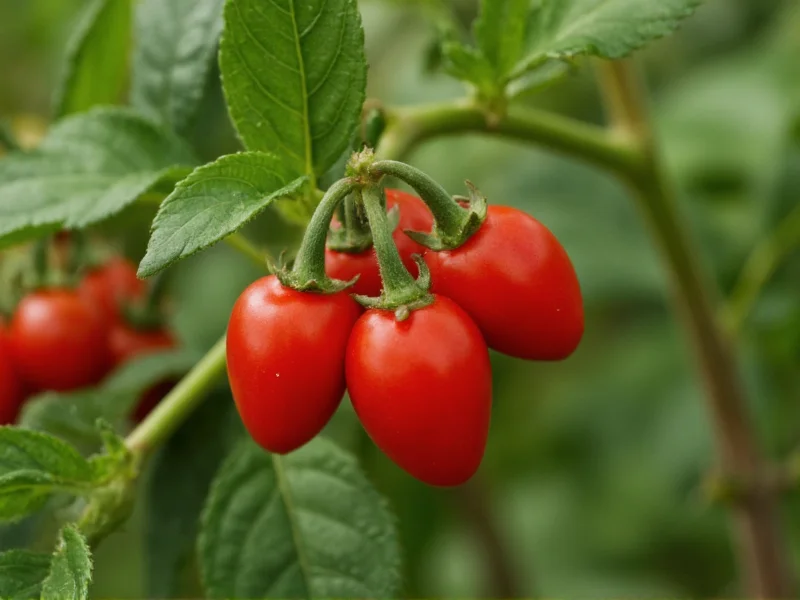Understanding this unique spice begins with recognizing its botanical identity. The pimento berry comes from an evergreen tree in the myrtle family that thrives in tropical climates. When harvested green and sun-dried, these small berries transform from green to reddish-brown and finally to a deep brown, developing their characteristic complex flavor profile during the drying process.
Botanical Background and Historical Significance
Indigenous Taíno people of the Caribbean were the first to utilize pimento berries, calling them "pimenta." Spanish explorers initially mistook the spice for black pepper, hence the name "pimienta" in Spanish. The "allspice" designation emerged in 17th century England when scholars noted its flavor profile encompassed multiple spices.
The Pimenta dioica tree can reach heights of 30 feet and produces small white flowers before developing the berries. Each tree yields approximately 1-2 pounds of dried berries annually, with Jamaica remaining the largest producer of high-quality pimento berries despite cultivation in other tropical regions.
Culinary Applications Across Global Cuisines
Chefs value pimento berry for its ability to enhance both sweet and savory dishes. In Caribbean cooking, it's essential for jerk seasoning and pickling. Middle Eastern cuisine incorporates it into baharat spice blends, while European bakers use it in fruitcakes and mulled wines. The whole berries maintain their flavor longer than ground allspice, making them preferable for long-term storage and certain preparation methods.
| Nutrient | Per Teaspoon (2g) | Daily Value % |
|---|---|---|
| Calories | 6 | 0% |
| Dietary Fiber | 0.6g | 2% |
| Vitamin K | 5.1mcg | 4% |
| Manganese | 0.2mg | 9% |
| Iron | 0.2mg | 1% |
Scientifically Supported Health Benefits
Research indicates pimento berry contains eugenol, quercetin, and gallic acid compounds with antioxidant properties. Studies published in the Journal of Agricultural and Food Chemistry demonstrate its potential anti-inflammatory effects, while research in Phytotherapy Research suggests possible digestive benefits. The spice shows promise in preliminary studies for blood sugar regulation, though more human trials are needed to confirm these effects.
Traditional medicine systems have used pimento berry preparations for centuries to address digestive discomfort and minor pain relief. Modern applications focus on its potential role in supporting metabolic health when consumed as part of a balanced diet, not as a standalone treatment for medical conditions.
Practical Usage and Storage Recommendations
For optimal flavor, toast whole pimento berries briefly in a dry pan before grinding. This technique releases volatile oils that enhance the spice's aromatic complexity. When substituting for ground allspice, use 1 whole berry for every 1/8 teaspoon of ground spice.
Proper storage maintains pimento berry quality for up to two years. Keep whole berries in an airtight container away from light and heat. Ground allspice loses potency more quickly, typically within six months. Freezing extends shelf life but requires careful moisture control to prevent clumping.
Common Substitutions and Flavor Pairings
When pimento berry isn't available, a blend of 1/2 teaspoon cinnamon, 1/4 teaspoon nutmeg, and 1/4 teaspoon cloves can approximate its flavor. However, this combination lacks the nuanced complexity of genuine pimento berry.
The spice complements ingredients like:
- Root vegetables (sweet potatoes, carrots)
- Fruits (apples, pears, pineapple)
- Proteins (pork, chicken, game meats)
- Legumes (black beans, lentils)
- Baking ingredients (molasses, brown sugar)
Addressing Common Misconceptions
Despite frequent confusion, pimento berry and allspice refer to the exact same product—no blending occurs in authentic allspice. The name reflects its flavor profile, not its composition. Additionally, it's unrelated to bell peppers (sometimes called "pimentos") or the pimento wood used for smoking.
Quality varies significantly between products. Premium pimento berries display uniform dark brown color, strong aroma, and minimal stem fragments. Lower quality products often contain immature berries that haven't developed full flavor complexity.
Frequently Asked Questions
Is pimento berry the same as allspice?
Yes, pimento berry and allspice are identical. The name 'allspice' refers to its flavor profile resembling multiple spices, not to a blend of different spices. It's the dried fruit of the Pimenta dioica tree.
What are the primary health benefits of pimento berry?
Pimento berry contains antioxidant compounds like eugenol and quercetin. Research suggests potential anti-inflammatory effects and digestive benefits. Traditional uses include addressing minor digestive discomfort, though it should complement—not replace—medical treatment for health conditions.
How should I store pimento berries for maximum freshness?
Store whole pimento berries in an airtight container away from light and heat. Properly stored, they maintain quality for up to two years. Ground allspice loses potency more quickly, typically within six months. Freezing extends shelf life but requires moisture control to prevent clumping.
Can I substitute pimento berry in recipes?
Yes, but with limitations. For each whole pimento berry, use 1/8 teaspoon ground allspice. If substituting for ground allspice, combine 1/2 teaspoon cinnamon, 1/4 teaspoon nutmeg, and 1/4 teaspoon cloves. Note that this blend lacks the nuanced complexity of genuine pimento berry.











 浙公网安备
33010002000092号
浙公网安备
33010002000092号 浙B2-20120091-4
浙B2-20120091-4